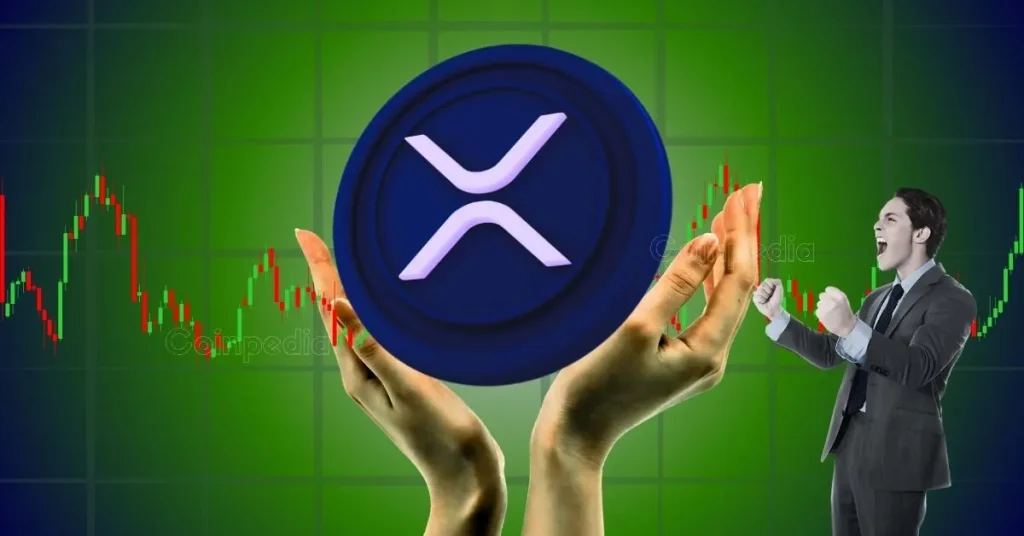
Binance founder Changpeng Zhao (CZ) has inked a deal with Kyrgyzstan’s National Investment Agency to trigger Web 3 adoption metrics. Both parties have reiterated a commitment to integrate Web 3 technologies into every facet of the local economy leaning on CZ’s expertise.
Kyrgyzstan Turns To Binance Founder CZ For Web 3 Direction
According to an X post by Kyrgyzstan President Sadyr Zhaparov, the Central Asian country has inked a deal with CZ. The Binance founder and the National Investment Agency signed a Memorandum of Understanding (MoU) to develop the local Web 3 ecosystem.
Signed with the consent of the president, parties will commit to building out a thriving cryptocurrency ecosystem for residents. To achieve this, the National Investment Agency will lean on Zhao’s expertise as the Binance founder takes on an advisory role.
“The signing of the Memorandum opens new horizons for the development of digital technologies and the blockchain ecosystem in the country,” said President Zhaparov.
Furthermore, CZ says the MoU will extend to distributed ledger technology (DLT) and real-world application of blockchain outside of speculation. However, while not expressly stated, pundits theorize that the founder of the top cryptocurrency exchange will explore cross-border use cases and other financial utility for cryptocurrencies.
There are plans to train residents on blockchain, cybersecurity, virtual asset management, and other emerging technologies. The economic impact of the Web 3 initiative is far-reaching and will contribute a chunk to Kyrgyzstan’s GDP by 2030.
CZ Excited To Take On The Advisory Role
CZ has expressed his commitment to the advisory role, noting that Kyrgyzstan is the latest in a line of MoUs. The Binance founder has previously provided advisory services in both official and unofficial capacities on cryptocurrency regulatory frameworks and real-world DLT applications.
“I find this work extremely meaningful,” said CZ.
Amid reciprocal tariffs affecting crypto prices, CZ disclosed that his advisory services to countries do not extend to geopolitics.
Apart from his advisory role, Zhao has donated a portion of his wealth to disaster relief in affected regions. The latest is a hefty donation of over $1 million to earthquake relief efforts in Myanmar and Thailand. Beyond charitable donations, the Binance founder has downplayed the impact of exchange listing on token prices.
The post Binance Founder CZ Signs MoU With Kyrgyzstan For Web 3 Development appeared first on CoinGape.





